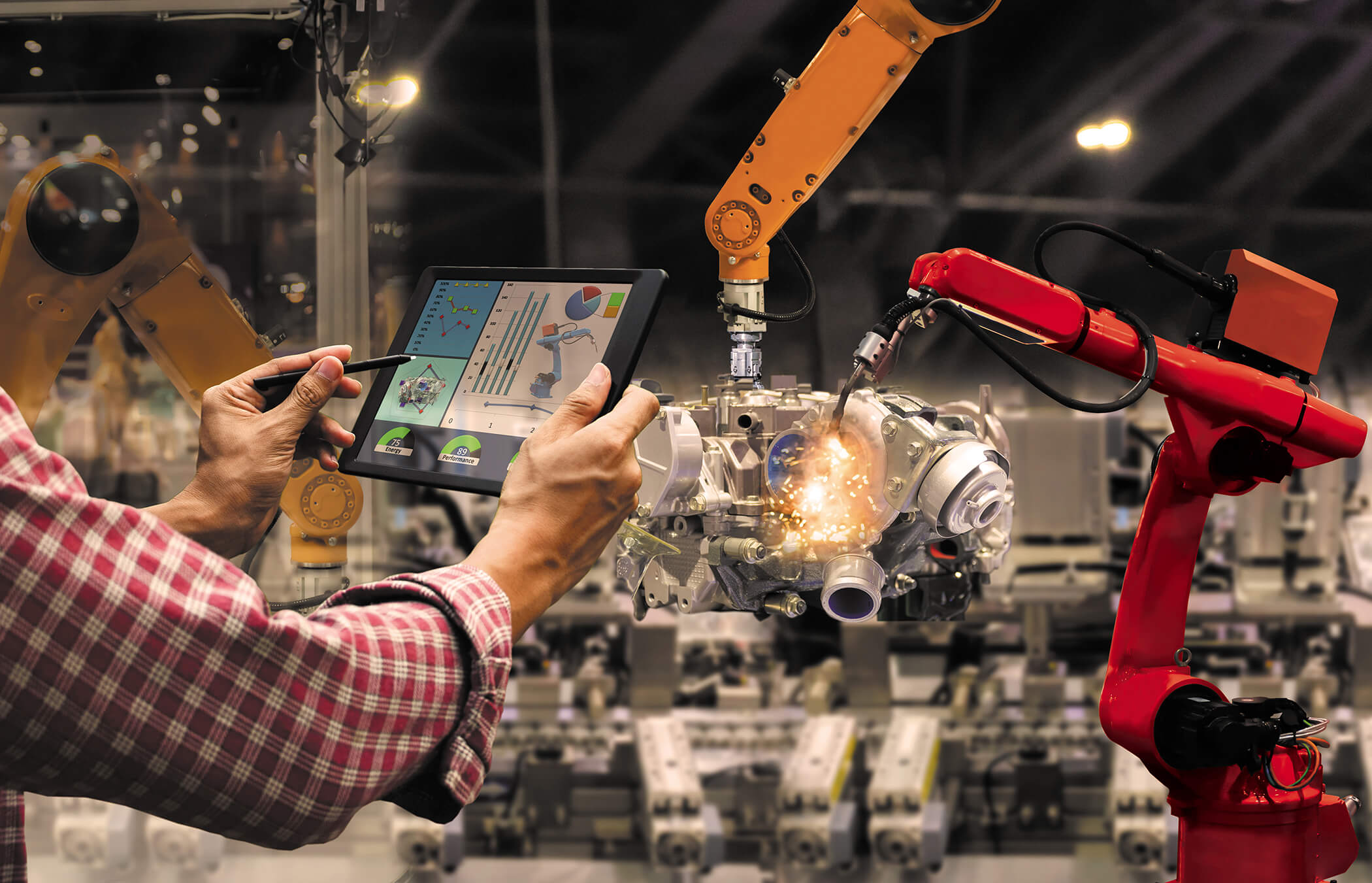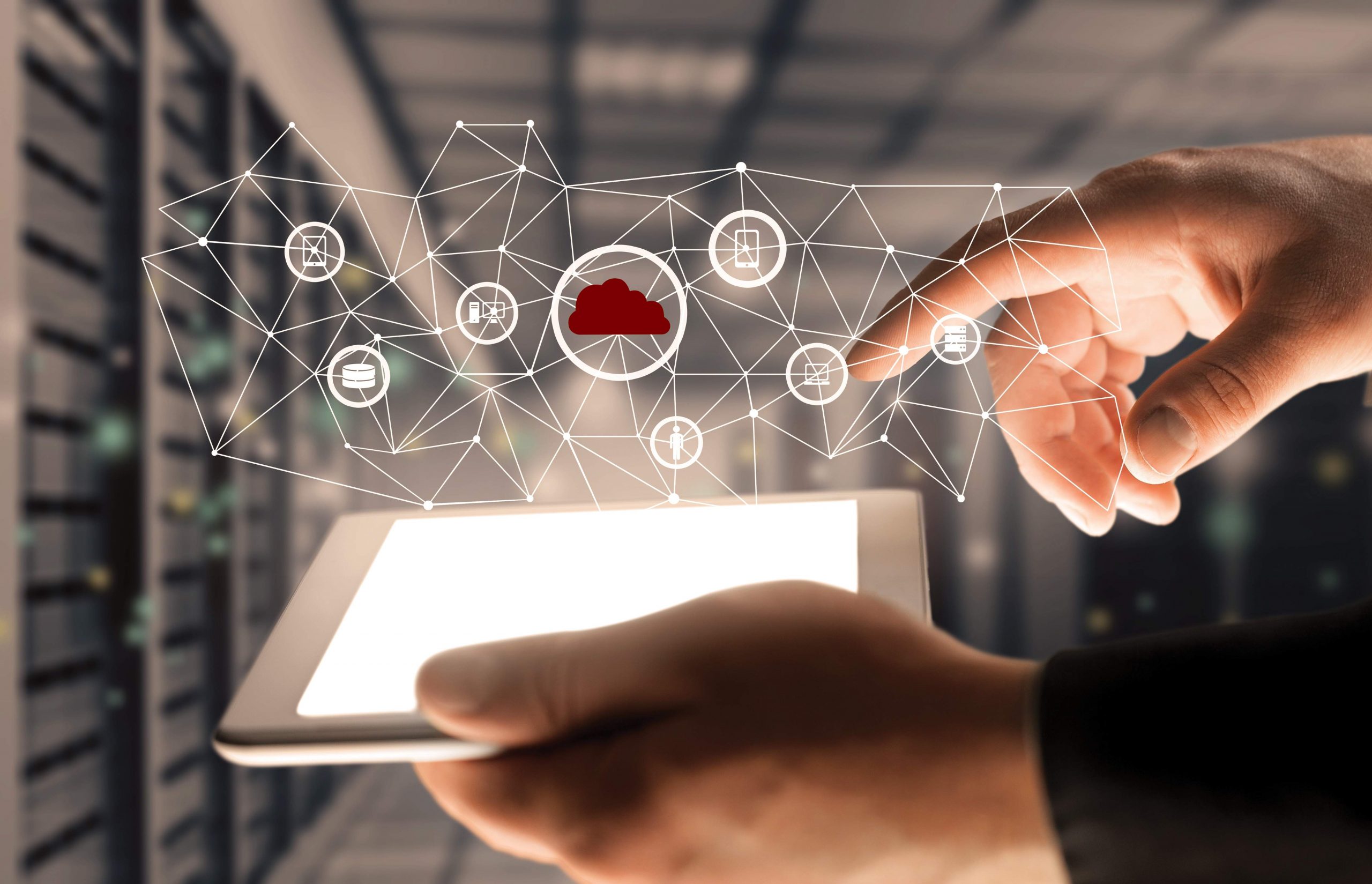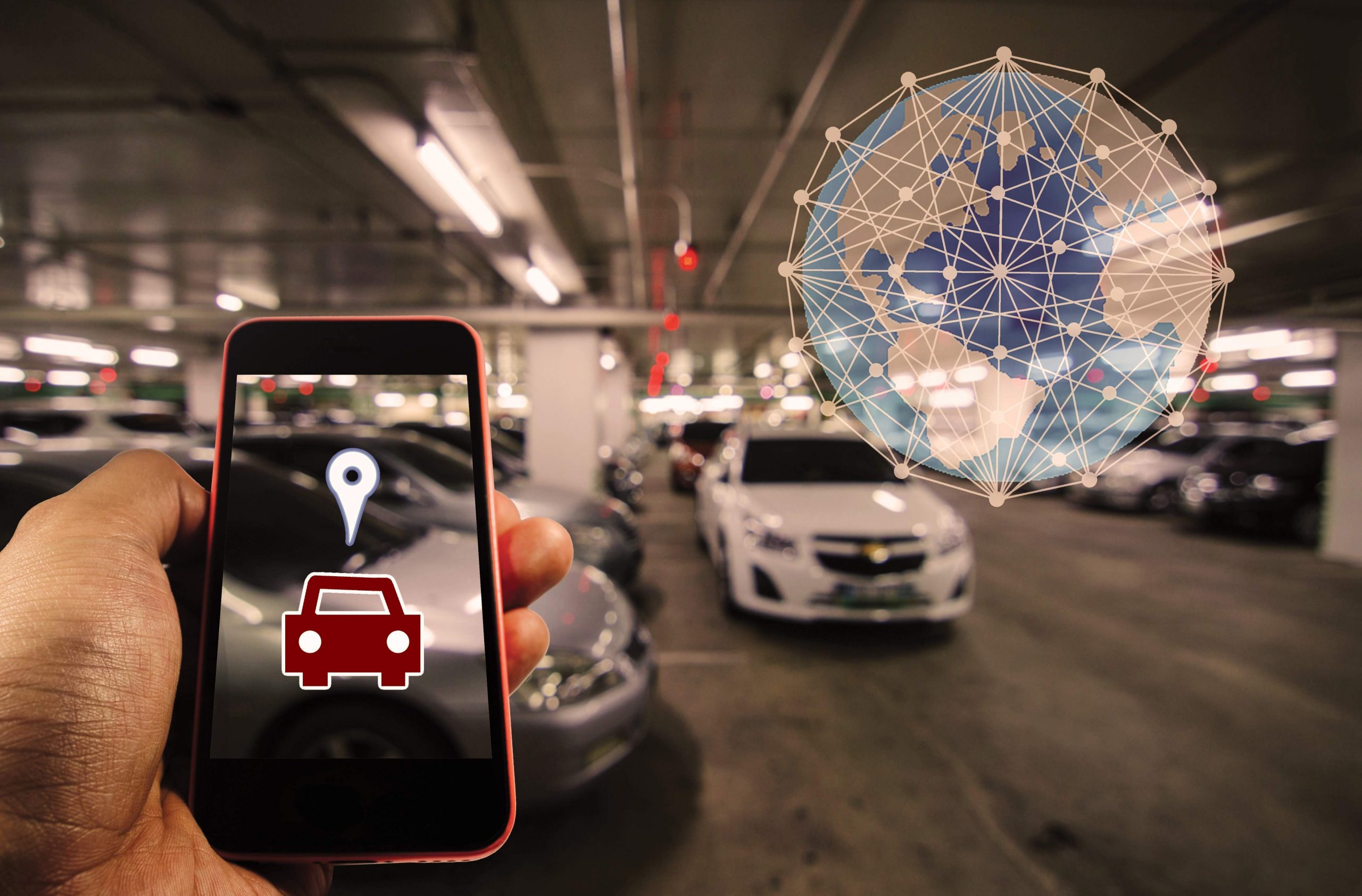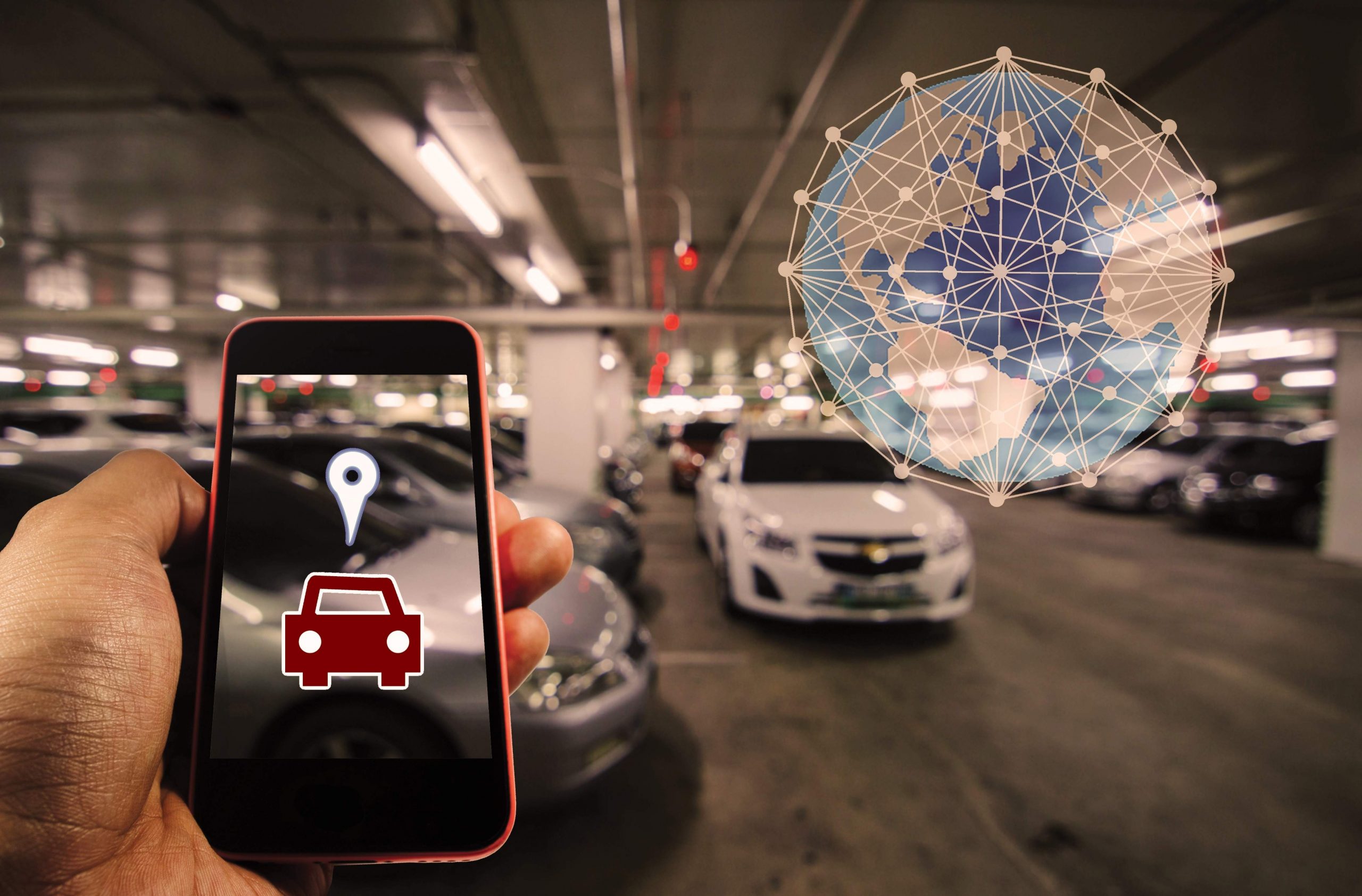IoT in Agriculture: Enabling Smart Farming For Maximizing Productivity & Yield
-
March 8, 2022
-
6 min read

Low agricultural productivity is one of the most sensible issues that the world is anticipated to face. Many factors affect agricultural practices badly. These include pandemics, overgrowth of population, climate change, financial crisis, and more.
Farmers continuously face problems in farming such as shortage of water, unavailability of land, unstable costs, and more. It has become challenging for them to feed the planet. Moreover, deteriorating soil quality and falling ecosystems have made it expensive for them. It is anticipated that there will be more than 9 billion people on Earth by the year 2050. That’s whopping!!
It is here that IoT comes into play. It is proving to be a game-changing survival help for the planet. The use of IoT in agriculture is currently assisting numerous farmers in bridging the widening demand-supply disparity.
Smart IoT farming ensures an increase in profit, higher yields, and improved environmental conditions. With the help of an IoT-based smart agriculture monitoring system, farmers can achieve high quantity and quality of crop yield. This reduces operational costs while still making profits. IoT in agriculture is increasing with specialized equipment, advanced software, and IT services.
Explore How IoT is used in agriculture in further sections of this blog. Also, you will explore how Airtel is revolutionizing Smart IoT farming.
IoT Technologies in Agriculture
IoT Smart Agriculture products are so designed that they help farmers to monitor crop yields. This is done by sensors and automated irrigation systems. Eventually, farmers and associated brands can keep an eye on the field from anywhere.
Some of the various IoT solutions in Agriculture are mentioned below.
Robotics
Due to increased agricultural demands and a shortage of labour worldwide, farmers are turning to agriculture robots. These are often referred to as agribots, to assist with crop cultivation.
Advancements in sensor technology and AI have enabled significant progress in training machines. This has made agribots prominent in enhancing food production.
Remote Sensing
In the realm of intelligent IoT agriculture, products are equipped with sensors and monitoring devices. These empower farmers to observe their crops and make informed decisions by interpreting data presented on the IoT analytical dashboard.
Weeding Robots
Weeding robots, known as intelligent agricultural robots, employ digital image analysis to search through a database of weed images. They identify similarities between crops and weeds and then apply targeted spraying with their robotic arms. The increasing resistance of plants to pesticides can be seen as a positive development for both the environment and farmers.
Machine Navigation
Farm tractors and large ploughing machinery can be remotely controlled from a farmer’s residence using GPS technology. These intelligently integrated automated devices exhibit remarkable precision, as they adapt to variations in the terrain they encounter.
Computer Imaging in Agriculture
Computer imaging refers to the installation of cameras at different parts of the farm. It may also include drones that are equipped with cameras. These cameras produce images that can undergo digital image processing. Digital image processing is a technology that processes input images using computer algorithms.
This process views the images in various spectral intensities. It then compares the images received over a specific period of time and detects anomalies. This way, it analyzes the limiting factors and helps farmers in better management of farms.
Some clear benefits of Computer Imaging in Agriculture include:
- Sorting and Grading: Computer imaging increases accuracy and time efficiency in sorting post-harvesting. It also simplifies grading food and agricultural products based on their texture, size, shape, and colour.
- Quality Control: Image processing combined with machine learning helps farmers in controlling the quality of crops by comparing the images.
- Irrigation Monitoring: This helps in mapping irrigated lands. It also enables farmers an optimal schedule of irrigation. This can be on the basis of varying weather conditions, soil moisture conditions, and plant physiological conditions.
Smart Agricultural System Using IoT
IoT devices encompass all objects that can be internet-controlled. In consumer markets, IoT devices have become ubiquitous. It includes wearable technologies like smartwatches. And home management products such as Google Home. It was projected that by 2020, more than 30 billion devices could be connected to the Internet of Things.
In the agricultural sector, the Internet of Things is employed to enhance traditional farming practices. To meet rising demands and reduce production losses. IoT in agriculture makes use of robots, drones, remote sensors, and computer imaging. This also includes continuously advancing machine learning and analytical tools, to monitor crops, and conduct field surveys and mapping. It provides farmers with data for informed farm management plans, saving both time and money.
How is IoT used in agriculture in India?
India is ranked the second largest country in terms of population. More than half of the population earns their living through agriculture. The trend of smart agriculture is bound to grow.
Smart farming is important for crops and livestock as well. It results in better health of livestock, and hence better output. Also, it can avoid any outbreak or spread of diseases.
IoT in Agriculture comprises sensors, connectivity, processing, gateway, and cloud solutions. Some of the use cases of IoT in Agriculture include:
- Crop Monitoring: For maximum productivity, IoT helps in monitoring soil and environmental conditions. It correlates data with crop profiles. It optimizes fertilizer and pesticide usage.
- Green House: IoT enables greenhouses to monitor their environmental conditions and optimize to avoid any deviation. This helps in growing a variety of vegetables and fruits.
- Livestock Monitoring: IoT-enabled farms can monitor the ambience in which livestock stay. It makes sure that the animals are in optimum condition.
- Remote Irrigation: IoT-enabled irrigation systems can save water and make sure that crops are given the right quantity of water. It is dependent on soil moisture.
- GeoFencing: With a GPS-enabled tracker, it is easy to keep track of animals that are allowed to live on farms.
Explore Airtel IoT to Simplify Your IoT Journey
Farmers have now realized that the integration of smart farming and IoT technology is a cost-efficient driver for enhanced crop yields. IoT solutions in agriculture streamline the routine tasks of farmers. It enables them to focus on the primary goal of safeguarding the food supply of the world.
Airtel IoT is the one-stop solution for all smart farming technologies to suit all your requirements.
 Share
Share









